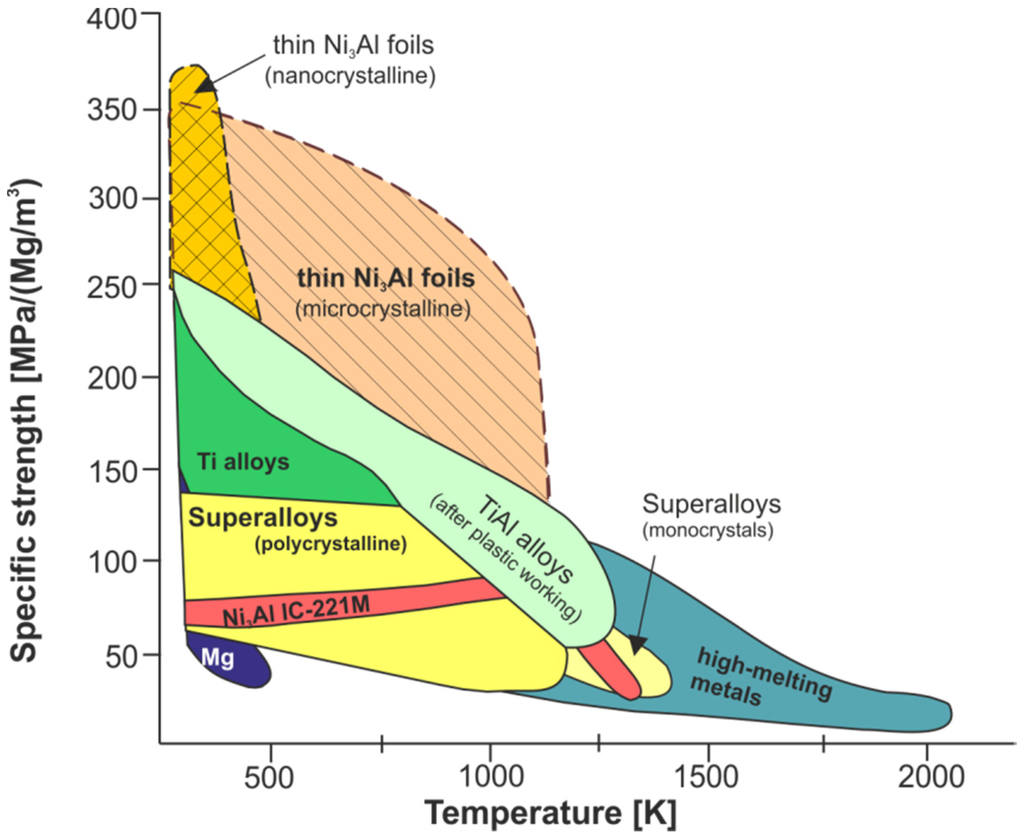Does anybody know any information on the materials used in the 2014-present F1 turbochargers (compressor housing/wheel, turbine housing/wheel, etc..)?
Thanks
- Login or Register
No account yet? Sign up

The use of high-grade materials – including titanium and magnesium – and thin-wall geometry has significantly reduced turbo mass while improving core strength. As a result, by optimizing packaging and minimizing mass, Honeywell racing turbos provide race teams more leeway in overall weight distribution, leading to lower center of gravity and thus improving vehicle dynamics or handling.
Does turbine wheel materials fall under 5.18.1? I hope not.R_Redding wrote:http://i897.photobucket.com/albums/ac18 ... jwfnhj.jpg
Yes, it does. And those turbines are running too hot for TiAL.trinidefender wrote:Does turbine wheel materials fall under 5.18.1? I hope not.


I work in an environment where 316L is the lowest acceptable standard and anything else is presumed to be forged on open fires in caves, so please accept my apologies for showing insufficient appreciation for the fine mechanics of these parts.riff_raff wrote:"The turbine housing, in a normal car that is a relatively simple casting, but that would not suffice for the temperatures F1 is running."
Not true. The turbocharger turbine housing used for commercial vehicles requires some very close tolerance machining to minimize leakage past the turbine blade tips, and the housing must have sufficient structural strength to contain the explosive failure of a turbine wheel.
Brian Coat wrote:I know this does not address what is known to be currently in use but does it seem reasonable to suggest/dream that ceramic materials (legal?) could offer benefits:
Low mass
Lower inertia - less joules of spin-up work by MGU-H
Lower thermal expansion (clearance control, especially with ceramic housing!) increases turbo efficiency
High temperature capability
Low conductivity
There have been a few limited production auto that used ceramic turbo components. I believe the Nissan GTR used silicon nitride for turbo bearing balls and the turbine wheel. I believe the SiN turbine wheel was brazed to an alloy steel shaft.Edax wrote:I'm not sure about your last requirement, the ceramic which has been researched the most for rotors is silicon nitride which actually has a quite good thermal conductivity.
On paper ceramics look very good but they have a few issues.
- They are almost impossible to make net shape and reworking (polishing, drilling etc) is expensive.
- They are very intolerant to defects. In order to guarantee lifetime you need to either proof test or check 100% of your production (expensive) or keep a large design margin. If you use for instance a safety factor of 10 on the strength then you're sure to be OK, but you're underutilizing the material.
- They are hard to combine with other materials at high temperatures. They have a very low coefficient of thermal expansion compared to metals. So when you make a connection with metal it will have a tendency to either loosen up or start squeezing at temperature. Getting a stress free connection over a large temperature range is not impossible but difficult.
- High end ceramics are not that cheap. Standard powders are in the order of several euros per kg, but when you need to go to really top grade materials you pay well over a 100 euro per kg. Add to that the manufacturing which is expensive and the relatively high production loss( and zero scap value).
I would guess that the cost of production would make these materials unattractive for mainstream applications. For the high end applications I think reliability requirements would turn the balance towards single crystal metals.
There is a small niche in between. I have seen some ceramic rotors being used for small gas turbines so the idea works.